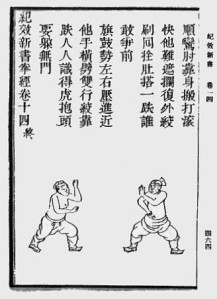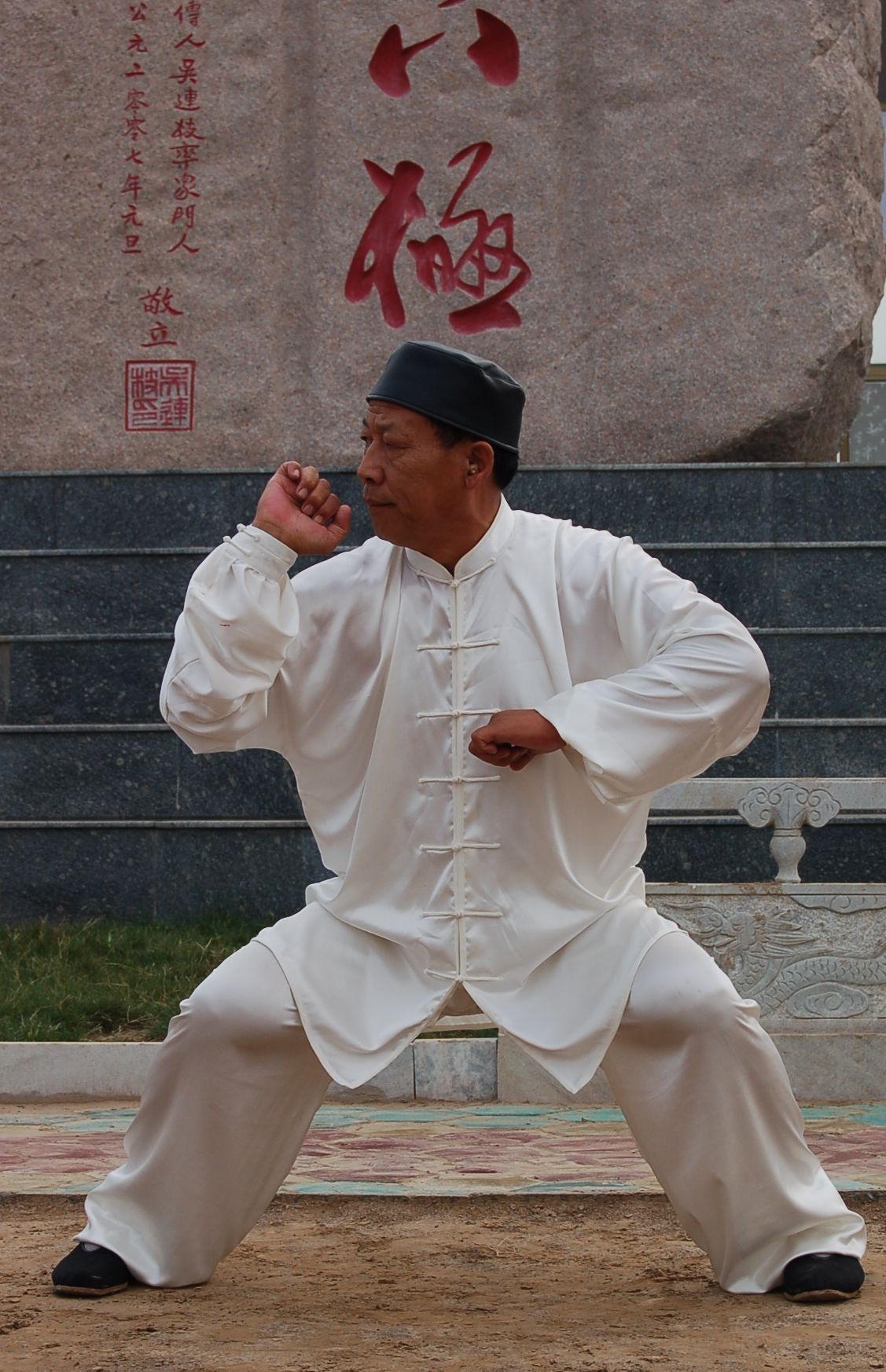
If you read my stuff you might’ve noticed I talk a lot about different styles of kung fu. And if you’re not into Chinese martial arts you might be having some questions. Such as: what are they really? why are there so many? And maybe some more. So for those out there who want to know, here it goes.
Traditional wushu 101
What we in the west call kung-fu (gōng fū 功夫), in China they generally call traditional wushu (武术). Wushu literally means martial art. It’s a relatively modern term. The accepted term has varied throughout the ages. During the Republic era, when they tried to promote martial arts as physical education they used guo shu (国术) or national art. Nowadays most people use wushu though other terms are used here and there. Some people -sometimes I’m included here- even use wugōng (武功), which means martial skill. All those terms refer to the same thing. The set of traditional martial arts that originated in China. And we use kung fu style to talk about different traditional Chinese martial arts (TCMA).
There’s also modern wushu which is a sport. Modern wushu is closer to olympic gymnastic routines than to actual martial arts. At least nowadays when rules allow (if not encourage) original routines. Back in its origins there were only certain standard routines, separated into categories. And those original routines were actually derived from traditional forms. All of this is also related to our topic: styles of kung fu.
So what are styles?
The term style, or school, might imply a common origin but that’s generally not the case. Each style is a distinct martial art with its own principles and techniques. And most, if not all, have several branches each. It’s different from, say, Karate were most of the different schools or styles have more or less a common ancestry. All Karate traces its roots to Okinawa. China being as big as it is, different styles of wushu come from different regions that can be very far from each other. And of course you can see some patterns, which leads to categories. Because we humans like to put thing in boxes to understand them better.
Where do they come from?

As it is with many cultures, the oldest records of bare handed fighting show some sort of wrestling. Aside from that no one is quite sure which style is the oldest. Back in the day you got more respect by saying you learned your kung fu from a wandering monk or an immortal sage. Even if you were a great fighter who developed his own style from experience, respect came from lineage. Which lead to many styles still claiming, even nowadays, some historical or mythical figure as their founder. For example some Xingyi Quan schools claim Song dynasty general Yue Fei as theirs. Two even more known examples are Shaolin and Wudang, famous centers of religion and martial arts, with some connection to many styles each. That, as you must already figured out, muddles attempts to trace actual historical sources.
Historians of martial arts mostly agree that military training consisted mainly of weapons. Hand to hand combat was more of a preliminary training. The first martial arts manuals that survive to date are military training manuals. Early martial arts were weapons based. Shaolin Temple was famous for their staff technique for centuries before it became associated with hand to hand combat. At some point, hand to hand systems started to flourish. There is no clear, common origin of hand to hand systems. Some were developed by military veterans, some might derive from local wrestling styles and then some could have another origin.
Animal styles, religious styles, etc.

What is definitely clear is that the physical aspects came first and the philosophical concepts, if any, were a later addition. Buddhist styles incorporated religious ideas to the boxing, Taijiquan wasn’t even called that until late 19th century. Practice was first, theory came later. Contrary to popular belief not all styles are named after animals. As a matter of fact, so-called “animal styles” are actually far less abundant than other types. That said, techniques inspired or named after animals tend to be very common. That’s just a mnemonic help, a way to remember the curriculum when being able to read and write wasn’t so common (as it was for most of Chinese history).
Styles can be classified into a number of categories. The most common is northern and southern, which means the style originated either south or north of the Yangtze river. There’s Buddhist styles, Daoist styles, Muslim styles. Even within southern styles, there’s Hakka boxing, Guangzhou styles, Fujian styles, and each have their own characteristic. It would require a dictionary just to list all known wushu styles and that’s not including their branches.
Before you go
I hope this brief intro to wushu/kung fu styles helped. This is just the tip of the iceberg, there’s a lot of depth and breadth to explore if you’re interested. Ben Judkins’ blog has a lot of well researched info on the history of traditional wushu and especially on Southern styles. Youtube also has some very good stuff like Monkey Steals Peach and Mushin Martial Culture. The former is from Will, a Taji Mantis style practitioner who also traveled all around China researching other styles. The later is from Byron Jacobs who lives in China and trains Baguazhang and Xingyi Quan, he has several interesting videos on the subject and a podcast were he interviews people who train Chinese martial arts.
As always, I hope you liked this article, and please leave any comments below.
- Hidden applications in traditional martial arts - October 30, 2023
- The Kung Fu in Kung Fu Hustle (part 2) - November 1, 2022
- The Kung Fu in Kung Fu Hustle (Part 1) - October 5, 2022

Leave a Reply